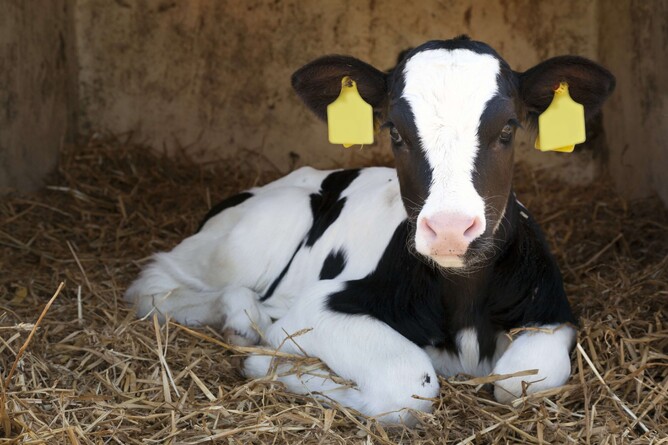Coccidiosis is a parasitic disease that can occur in calves from as young as 4 weeks of age, but normally between three and eight months. The main risk periods are times of stress such as moving, re-grouping, transport, weaning, etc; or within a couple of weeks of ceasing meal feeding.
Infection is caused by the ingestion of oocysts, which survive well in moist environmental conditions. It is a parasite that is often around in low numbers, and clinical disease occurs if animals are exposed to high numbers or have a decreased immune system.
The disease process can vary dramatically within a group. Severely affected animals can have: diarrhoea with mucus and blood, straining to poo, off feed, dehydration and rapid weight loss. Mild cases can occur in which diarrhoea may be seen without mucus or blood. There is also a high incidence of subclinical infections causing reduced feed intake and decreased growth rates.
Most commercial calf meals contain coccidiostats, however, calves need to be eating about 1-2kg a day to get adequate levels to prevent disease. Coccidiostats only stop the development of oocysts, so when feeding stops these parasites sometimes continue development, resulting in disease 3-4 weeks later.
The best way to prevent/treat the disease is with a drench with a toltrazuril/diclazuril based product.
Timing is important. If you have had issues in the past, treatment should be 7-10 days before the risk period. If you are unsure of your risk period, treatment can be carried out at the time of meal withdrawal. Even if only a couple of calves are showing signs, due to the high level of subclinical disease all calves within the group should be treated.
As always, management is a large part of coccidiosis prevention and treatment:
Isolation of sick animals
Avoiding contamination of feed and water troughs
Reducing stock density
Moving animals off contaminated pasture
Minimising stress
Trying to avoid the same ‘calf paddocks’ each year

